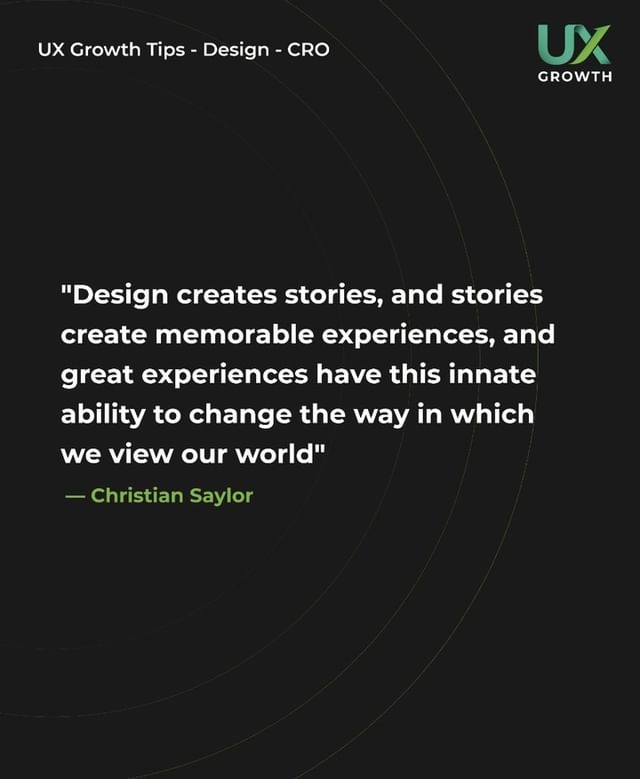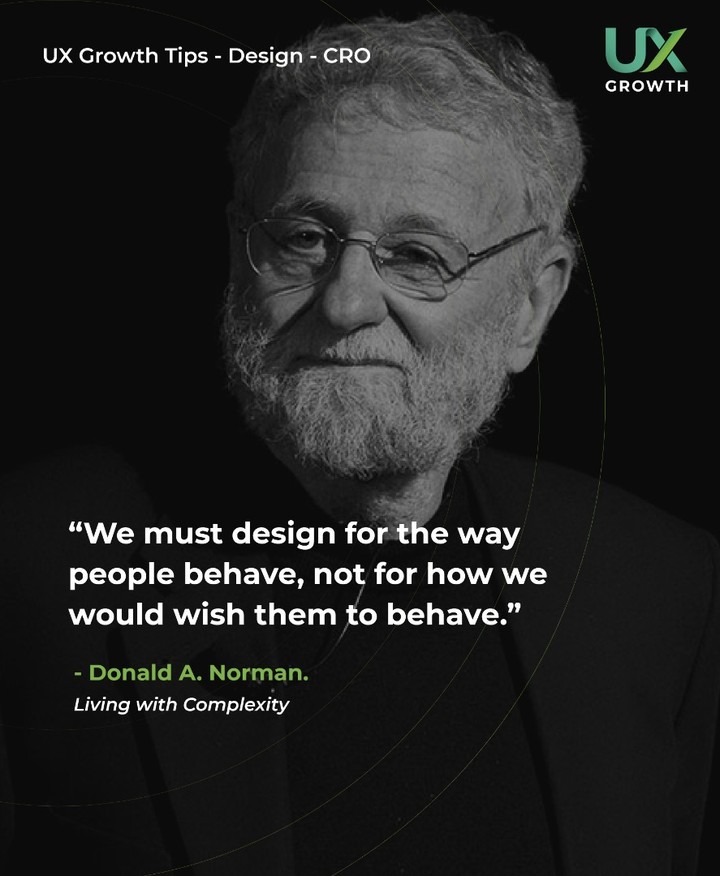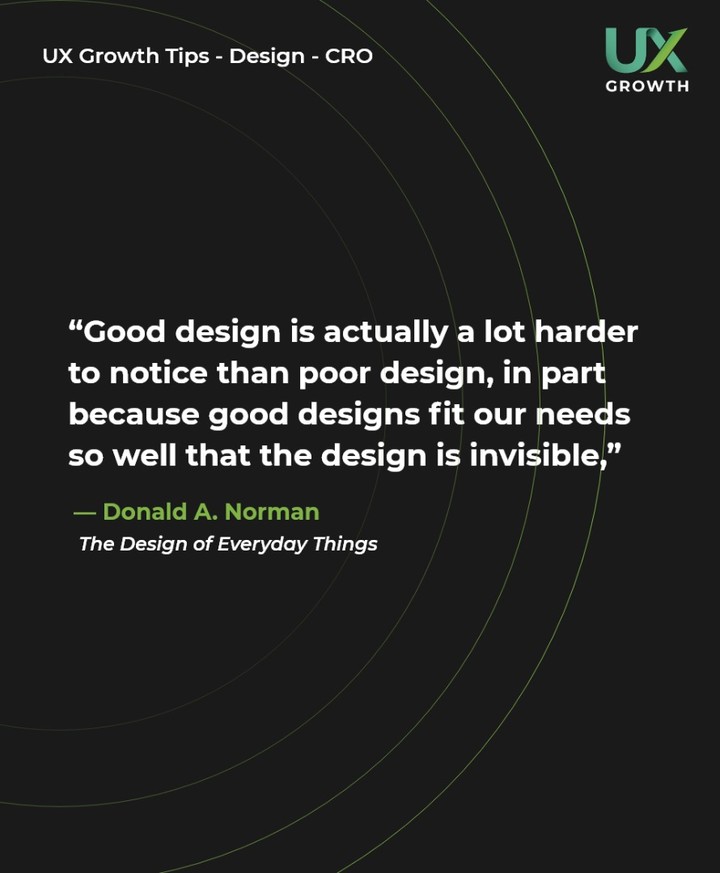Driving Business Results through Evidence-Based Design
Understanding the fundamental rules of Design Outside In For User Experience is crucial for creating effective digital products. Incorporating user feedback and simplifying interfaces can enhance user satisfaction. Balancing functionality and aesthetics, along with personalizing experiences, are key aspects of exceptional user experience design.
Understanding the Importance of User Experience Design
The design of user experiences plays a crucial role in the success of digital products. A user-centered approach to design ensures that the needs and preferences of users are at the forefront of the design process. By prioritizing the user's perspective, designers can create interfaces that are intuitive and easy to navigate.
User-Centered Approach to Design
Putting users at the center of the design process involves understanding their behaviors, motivations, and goals. By empathizing with users, designers can create experiences that resonate with the target audience and meet their specific needs.
Impact of UX on Business Results
The quality of the user experience directly impacts business outcomes. A positive user experience can lead to increased customer satisfaction, loyalty, and retention. On the other hand, poor user experience can result in negative reviews, decreased engagement, and ultimately, loss of business.
Significance of Evidence-Based Design
Utilizing evidence-based design ensures that design decisions are rooted in data and research rather than assumptions. By analyzing user behavior and feedback, designers can make informed choices that are more likely to result in successful outcomes. This approach allows for continuous improvement and refinement based on real user insights.
Incorporating User Feedback in UX Design
When it comes to creating exceptional user experiences, incorporating user feedback is a crucial step in the design process. Engaging users early on allows designers to gather valuable insights that can guide the development of intuitive and user-friendly interfaces.
Engaging Users in the Design Process
- Conduct user surveys and interviews to understand user preferences.
- Involve users in usability testing to identify pain points in the interface.
- Encourage feedback through interactive prototypes and beta testing.
Gathering Valuable Insights for Intuitive Experiences
By actively listening to user feedback, designers can uncover key insights that inform the design direction. Understanding user needs and expectations helps in creating interfaces that are not only visually appealing but also highly functional.
Consideration of Cognitive Load in Design
- Simplify information hierarchy to reduce mental strain on users.
- Use clear language and intuitive navigation to guide users effortlessly.
- Avoid overwhelming users with excessive options or complicated interfaces.
Simplifying User Interfaces for Enhanced Experience
When it comes to designing user interfaces, simplicity is key. By keeping the design clean and straightforward, users can easily navigate and interact with the digital product.
Importance of Simplicity in Design
- Simple designs are more visually appealing and less overwhelming for users.
- Clean interfaces help users focus on the core functionality of the product.
- A clutter-free design enhances user experience by reducing cognitive load.
Providing Clear and Distraction-Free Options
- Clear navigation menus and buttons guide users through the interface seamlessly.
- Removing unnecessary elements eliminates distractions and improves user engagement.
- Consistent placement of essential features enhances usability and eliminates confusion.
Ensuring Consistency for User Familiarity
- Consistent design elements create a sense of familiarity for users across different sections of the product.
- Uniform color schemes and typography maintain a cohesive visual identity.
- Consistency in design reduces the learning curve for users, making the product more intuitive.
Balancing Functionality and Aesthetics in Design
When designing user experiences, it's essential to find the right balance between functionality and aesthetics to create a seamless digital product. Prioritizing functionality over visual appeal ensures that users can easily navigate through the interface without unnecessary distractions.
Prioritizing Functionality over Visual Appeal
By focusing on the core functionality of a website or application, designers can guarantee that users achieve their goals efficiently. Emphasizing usability and practicality in design elements enhances the overall user experience, leading to higher satisfaction levels.
Customizing User Experiences for Efficiency
Customization plays a vital role in optimizing user experiences for efficiency. Tailoring interactions and features to align with user preferences and behaviors streamlines the user journey, making it more intuitive and enjoyable for individuals with diverse needs.
Allowing Room for User Errors and Adaptation
Designing with the acknowledgment of human error in mind enables users to recover from mistakes easily. Providing clear feedback and intuitive error messages encourages learning and adaptability, fostering a positive and forgiving user experience environment.
Enhancing User Satisfaction through Creative Design
Enhancing user satisfaction through creative design involves incorporating intentional and memorable design elements to leave a lasting impression on users. By creating engaging digital experiences, designers can captivate users' attention and foster user loyalty through creativity.
Intentional and Memorable Design Elements
- Crafting unique visual elements that resonate with the target audience
- Using color psychology to evoke specific emotions and enhance user experience
- Implementing innovative design features that differentiate the product from competitors
Creating Engaging Digital Experiences
- Integrating interactive elements to encourage user participation and exploration
- Personalizing content to align with individual user preferences and behavior
- Optimizing user flow to guide users seamlessly through the interface
Building User Loyalty through Creativity
- Fostering a sense of community through user-generated content and collaborative features
- Implementing gamification elements to incentivize user engagement and retention
- Continuously innovating and updating the design to keep users excited and invested
Personalization and Error Consideration in UX
Personalization and error consideration play crucial roles in the design of user experiences. By tailoring experiences to user preferences, designers can create a more engaging and relevant interface. Additionally, allowing room for user mistakes is essential as it promotes a forgiving and adaptable environment for users. Tailoring UX for diverse user needs ensures inclusivity and accessibility for all individuals.
Tailoring Experiences to User Preferences
- Customizing content based on user behavior
- Implementing personalized recommendations
- Offering user-controlled settings for customization
Allowing Room for User Mistakes
- Providing easy error recovery options
- Offering clear feedback on user actions
- Implementing user-friendly error messages
Tailoring UX for Diverse User Needs
- Considering different accessibility requirements
- Creating inclusive design for users with disabilities
- Adapting interfaces for various cultural preferences
Applying Best Practices for Exceptional UX Design
Utilizing UX Principles for Success
When it comes to creating a successful user experience design, utilizing UX principles is essential. By focusing on factors such as user needs and behavior, designers can develop interfaces that are intuitive and user-friendly.
Implementing Effective Strategies for User Engagement
Engaging users is a key component of exceptional UX design. By implementing strategies such as interactive elements and personalized experiences, designers can create interfaces that captivate users and keep them coming back for more.
Creating Lasting Impressions with User Experience Design
Designing with the user experience in mind can leave a lasting impression on users. By considering aspects like visual appeal, functionality, and personalization, designers can create interfaces that stand out and make a positive impact on users.
Ensuring Usability Across Devices and Platforms
When designing digital experiences, it is crucial to ensure usability across different devices and platforms to reach a diverse user base. This involves implementing responsive design strategies to provide seamless user experiences regardless of the screen size or device used.
Responsive Design for Seamless User Experiences
Responsive design is essential for adapting the layout and content of a website or application to fit various screen sizes. By using flexible grids and layouts, designers can create a consistent and user-friendly experience across devices, whether it be a desktop, tablet, or smartphone.
Testing for Cross-Platform Functionality
Testing for cross-platform functionality is vital to identify and address any compatibility issues that may arise when transitioning between different devices and operating systems. Conducting thorough testing ensures that users can access and interact with the digital product seamlessly regardless of the platform they are using.
Optimizing UX for Various Devices
Optimizing user experience for various devices involves tailoring the design and functionality to suit the capabilities and limitations of each device. By understanding how users interact with different devices, designers can create interfaces that are intuitive and efficient across a wide range of platforms.
Elevating User Experience through Intuitive Design
Facilitating User Flows with Intuitive Interfaces
Creating user interfaces is more than just placing elements on the screen. It involves understanding how users navigate through the digital space and ensuring they can easily move from one point to another. Intuitive interfaces guide users seamlessly, reducing friction in their interactions and enabling a smoother overall experience.
Designing for User-Centric Navigation
Navigation is a critical aspect of user experience design. By prioritizing user-centric navigation, designers can ensure that users can easily find what they are looking for within a digital product. Clear labels, logical flow, and intuitive placement of navigation elements all contribute to a more user-friendly experience.
Enhancing Usability with Intuitive Design Elements
Usability is key to engaging users and keeping them coming back for more. Intuitive design elements, such as interactive buttons, clear call-to-action prompts, and familiar patterns, enhance usability by providing users with familiar cues that make interactions more instinctive. By incorporating these elements, designers can elevate the overall user experience and create a more engaging digital product.
Maximizing User Engagement with Interactive Design
Interactive design plays a crucial role in enhancing user engagement and creating memorable experiences. By incorporating interactive elements, designers can encourage users to actively participate and interact with digital products.
Incorporating Interactive Elements for User Engagement
Interactive elements such as animated transitions, hover effects, and clickable buttons can capture users' attention and guide them through the user interface. By integrating these elements strategically, designers can create a dynamic and engaging user experience.
Enhancing User Interaction through Design
Designers can enhance user interaction by introducing features like drag-and-drop functionalities, interactive infographics, and gamified elements. These interactive elements not only make the user experience more enjoyable but also facilitate intuitive navigation.
Creating Immersive Experiences for Users
Immersive experiences can be achieved by integrating virtual reality (VR) or augmented reality (AR) elements into the design. By allowing users to explore a digital environment in a realistic and interactive way, designers can create captivating experiences that leave a lasting impression.
The Future of User Experience Design
The future of User Experience Design is evolving rapidly as technology advances and user expectations change. Let's explore the emerging trends, innovations, and the need for adaptation in this dynamic field.
Emerging Trends in UX Design
- Voice User Interface (VUI) technology is gaining popularity, offering hands-free interaction.
- Augmented Reality (AR) and Virtual Reality (VR) integration provide immersive experiences.
- Inclusive design practices ensure accessibility for users with diverse needs.
Innovations Shaping the Future of User Experience Design
- Artificial Intelligence (AI) and Machine Learning (ML) capabilities enhance personalization.
- Chatbots and conversational interfaces streamline user interactions.
- Emotion-sensing technology enables tailored experiences based on user reactions.
Adapting to Evolving User Needs and Expectations
- User-centered design methodologies prioritize user feedback and iterative improvements.
- Continuous usability testing ensures seamless user experiences across devices and platforms.
- Agile development approaches allow for flexibility in responding to changing user demands.



